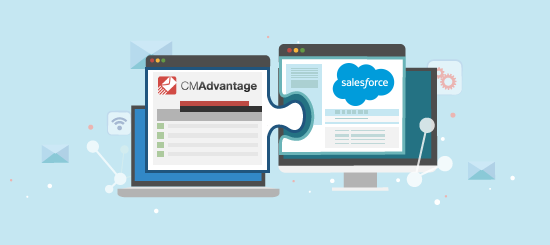Us email marketers love analysing the look and feel of email campaigns. Colours, fonts and image placements all get our attention.
So why would anyone want to create a plain text version? In this blog, we’re going to give plain text emails the attention they deserve, discussing why they are relevant and how you can go about formatting them.
Let’s start by defining the different versions of email campaigns that can be delivered:
HTML Version
The HTML version of your email campaign where content is formatted and contains images and links.
Text Version
The plain Text version of your campaign, without any images or formatting.
Multi Part Version
The HTML and text version of your email campaign combined.
When you use our email marketing platform, you’re given the option to create both HTML and text versions in a click of a button.
Unlike some email providers, we don’t automatically create a text version that you can’t edit; we give you editing features so you can utilise white space, special characters etc. to lay your emails out better.
But why create two separate versions in the first place? Are text versions even worth creating? Let’s explore why plain text emails are still relevant:
- When you create both a HTML and text version of your email campaign, you’ve essentially created a server smart email which means when your email is launched, the receiving server delivers the right version for that recipient based on settings and preferences. Let’s say a recipient’s preference is set to receive text emails only; if you haven’t created one, no email is going to be delivered.
- A plain text version may help in delivery as some email clients (such as Gmail) may flag your HTML email if it does not have a plain text version associated with it.
- Some spam filters like to see a plain text version too and can even flag your email if there is only a HTML version. Spammers don’t make the effort to create both HTML and plain text versions, so by creating a text version, you’ve already gained an advantage here.
- Some devices with more non-traditional inboxes (such as smart watches, gaming devices and so on) can only accept plain text emails.
- If an email client or app only shows the plain text version (and no plain text version exists) the email client or app can sometimes show the raw HTML of the message which never looks good!
- Some recipients may simply prefer to receive plain text versions. Majority of email clients now give recipients the option to only receive the text version of an email. By not including one, these kinds of recipients will never get your communications! It’s important to cater for all members of your audience.
- Companies with stricter protocols may not allow their users to download images in incoming emails as they may be seen as a security and privacy risk. By not downloading any images, your HTML campaigns’ formatting efforts go out the window. Here, a text version would be beneficial.
- HTML versions of email campaigns require more bandwidth and therefore storage space. Logically speaking, it makes sense that image-heavy emails will consume more bandwidth, which could be another reason certain recipients prefer plain text emails.
Best Ways to Format a Plain Text Email
So now you’re convinced to start creating text versions of your email campaigns, what is the best way to go about formatting them?
Headers
While you’re not able to use different fonts/colours/font sizes when creating plain text emails, including headers can break up the content and organise it in a way that’s easily digestible to the recipient.
Why not try using all capital letters or special symbols to make your headers stand out?
For example, rather than writing:
Contact Information
You could write:
–CONTACT INFORMATION–
This clearly denotes a new section of content and makes for more enjoyable reading by your recipient.
White Space
Another great way of formatting plain text emails is taking advantage of white space. Simply add line breaks between different content sections, before/after headers or any other content you want to stand out. White spaces also allow for easier scan ability.
CTA’S (Calls to Action’s)
When making HTML emails, you make your
links bold, coloured and large to attract attention. In the same way, you want
to make the links in your Text version standout.
To do this, try the following:
– Add headings for links so recipients know where each link will take them.
– Add some line breaks to separate the different links in your campaign.
– Put the links in square brackets to separate them for the rest of your text.
In saying the above, it’s important to only include the most important links in your text emails. If you send a text version campaign containing too many links, it may inundate your recipients and not receive the best response. Imagine opening a text only email containing too many links – it may be overkill!
Simplicity
Simplicity is key for text versions. A lot of marketeers exclude a bunch of content that exists in their HTML versions for their text versions. Some people even go as far to just include a link to a web version of the HTML email. This will take your subscriber to the HTML version via the plain text version.
Bullet Points
Lists are always a great formatting option when you have a lot of text. While actual bullet points are not supported, be creative and use special characters. For example, you could use:
* an asterik
– a dash
+ a plus
1. a numbered list
a. a lettered list
> an arrowed list
>> a double arrowed list
To summarise, creating a text version of your email campaign alongside your HTML version can help to increase your reach and email deliverability. It’s also a great way to cater for all types of recipients in your audience.
Creating a text version doesn’t have to be boring, make sure to use our tips to make your emails more effective.
If you’d like some more guidance, feel free to get in touch at info@campaignmaster.co.uk.









